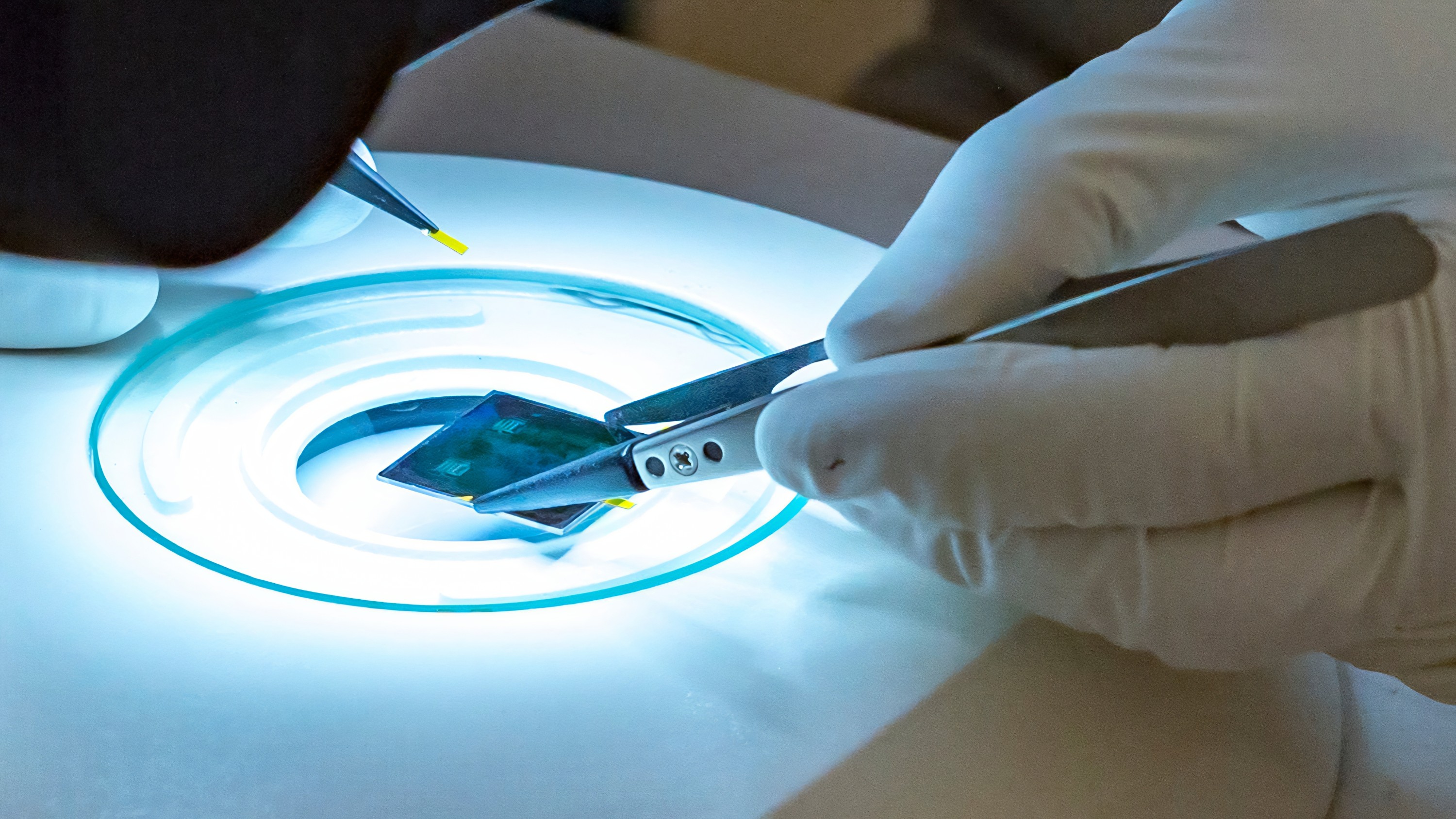The University of Alberta has joined a transatlantic network bringing together the best and brightest researchers, startups and technology companies from countries allied under the banner of the North Atlantic Treaty Organization (NATO).
The network, called the Defence Innovation Accelerator for the North Atlantic (DIANA), supports development and testing of technologies with both civilian and military applications, in a collaborative effort to help solve challenges affecting security and peace worldwide.
The U of A is among 13 test centres and two accelerators in Canada added to NATO DIANA’s growing roster of partners, according to an announcement this morning by NATO.
“Part of DIANA’s strength is our unique transatlantic network of talent centres and innovation leaders working toward a common purpose,” says Prof. Deeph Chana, managing director of DIANA. “The breadth and diversity of partners in DIANA’s network will accelerate the development and deployment of groundbreaking solutions for defence, security and peace.”
“This is a security and defence platform, but the bigger picture here is the dual-use technologies that will be developed to support Canada, Canadian citizens and the broader society,” explains André McDonald, professor in the Faculty of Engineering and associate vice-president (strategic research initiatives and performance), who led the U of A’s successful bid to join DIANA with input from researchers across the university’s three colleges.
“This is about using deep tech research and innovation to answer challenges and support society across areas like advanced manufacturing, artificial intelligence and human enhancement.”
As part of the NATO DIANA network of test centres where innovators can assess and refine their technologies, the U of A will contribute world-leading expertise, infrastructure and existing partnerships.
McDonald notes that the network’s interests in dual-use technologies dovetail with objectives outlined in Shape, the university’s strategic plan of impact, and in Forward with Purpose, its strategic plan for research and innovation. In particular, NATO DIANA’s focus areas for research align with the U of A’s strengths in fields including energy solutions, nano-scale fabrication, artificial intelligence, space science, quantum research and biotechnology.
“With technologies like hydrogen fuel cells and biofuels, we can take the technology and put it back into the civilian marketplace. Biotechnology can support human enhancement but also the betterment of citizens in their daily lives, by creating things like brain-computer interfaces or bionic limb attachments for people with disabilities. New materials and fabrics that can protect the wearer in extreme conditions are as useful for industry as they are for the military. And AI integrated into autonomous systems, big data science, nanosatellites and next-gen wireless communications could have applications for people living in northern and Indigenous communities. It’s a brilliant partnership across the board.”
Being part of NATO DIANA will also mean more learning opportunities for U of A undergraduates, graduate students and postdoctoral researchers, which aligns with the objectives of the university’s new Student Experience Action Plan, says McDonald.
“The goal is to build our capacity to support training students through experiential learning, work-integrated learning and industry partnerships within our research and innovation ecosystem. This expands that capacity.”
With the additional test centres and accelerators announced today, DIANA now includes more than 200 affiliated sites encompassing 28 of NATO’s 32 member countries.
